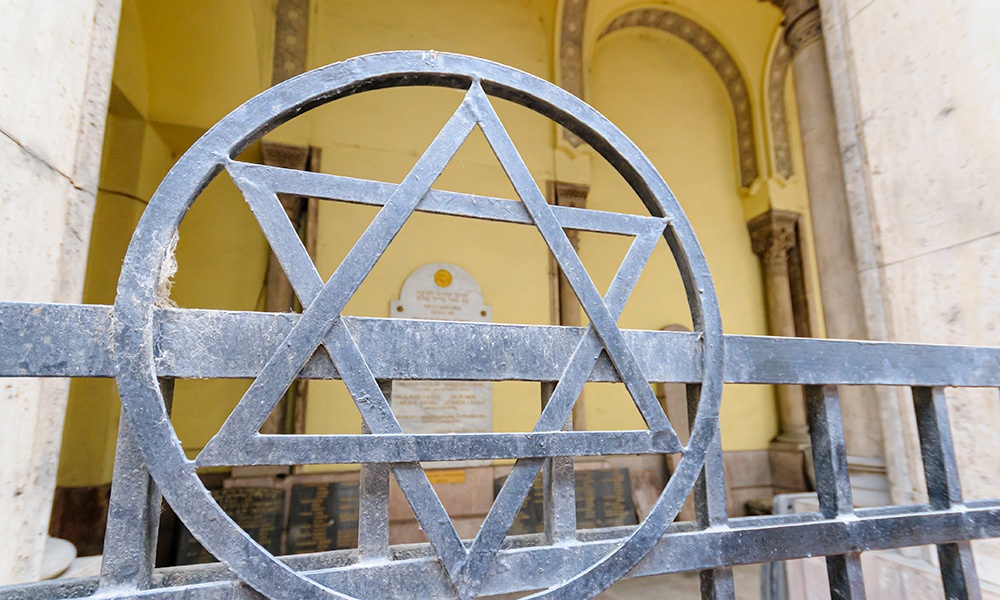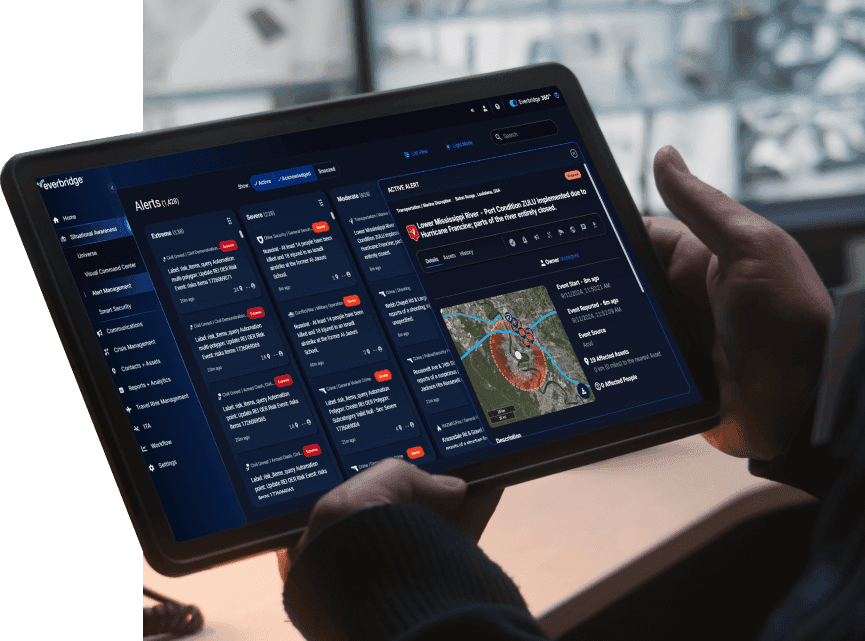Rising antisemitic violence in Europe

In our latest Rapid Resilience Briefing, James Burr, discusses the surge in antisemitic violence in Europe.
Full transcript
[00:05.0]
Hello everyone. Thank you for joining. My name is James Burr and I’m the Senior Regional Analyst for Europe Caucuses and Central Asia. I want to give you a quick briefing on an ongoing security risk, rising antisemitic violence across Europe with a focus on the recent attack outside the synagogue to the north of Manchester in the UK.
[00:24.6]
On October 2 during Yom Kippur A car ramming and stabbing outside the Heaton Park Hebrew Congregation killed two worshippers and injured several others. This was the most severe antisemitic attack in Europe so far this year, and authorities immediately labeled it an act of terrorism.
[00:42.9]
The timing on the holiest day in the Jewish calendar underscored the deliberate symbolic nature of the violence. But this isn’t an isolated event. Since the onset of the Gaza war in 2023, we’ve seen a surge in antisemitic violence, vandalism and intimidation across Europe.
[01:00.0]
And this trend has continued as we approach the second anniversary of that conflict erupting. In the UK alone, there are about 1,500 incidents recorded in just the first half of this year, an extremely high figure. France and Germany are also seeing similar patterns with attacks on synagogues, schools, Jewish leaders and cultural sites being reported this year.
[01:20.7]
Even smaller Jewish communities like those in Switzerland are being targeted. So why does this matter now? The Manchester attack highlights how antisemitic sentiments are manifested in acts of targeted violence. It also raises the risk of copycat incidents, particularly around Jewish holidays, or at high profile institutions.
[01:42.2]
Security services are responding with stronger patrols, but the overall threat environment remains elevated and geographically dispersed across much of Europe. For businesses or institutions directly impacted by these antisemitic attacks on their premises or in the vicinity, there are several implications.
[02:01.8]
Operations may be disrupted by lockdowns and road closures near attack sites. There are also knock on effects for supply chains, corporate travel security, insurance costs and even legal liability if firms fail to meet duty of care obligations.
[02:18.4]
Looking ahead, we assess with moderate to high confidence that antisemitic violence will stay elevated across Europe into 2026, with spikes during Jewish holidays and at moments of geopolitical tension. So what can organizations do? A few key resilience measures include upgrading site security, running vehicle ramming and active attacker drills, using real-time intelligence and alerting systems, and strengthening communication plans.
[02:47.5]
Partnerships with local law enforcement and geo security organizations are also critical, as are reviews of insurance and legal protections. In short, this is a sustained and regional trend that businesses and communities alike are encouraged to prepare for, not just an isolated crisis.




